The bone microenvironment invigorates metastatic seeds for further dissemination
- PMID: 33878291
- PMCID: PMC8087656
- DOI: 10.1016/j.cell.2021.03.011
The bone microenvironment invigorates metastatic seeds for further dissemination
Abstract
Metastasis has been considered as the terminal step of tumor progression. However, recent genomic studies suggest that many metastases are initiated by further spread of other metastases. Nevertheless, the corresponding pre-clinical models are lacking, and underlying mechanisms are elusive. Using several approaches, including parabiosis and an evolving barcode system, we demonstrated that the bone microenvironment facilitates breast and prostate cancer cells to further metastasize and establish multi-organ secondary metastases. We uncovered that this metastasis-promoting effect is driven by epigenetic reprogramming that confers stem cell-like properties on cancer cells disseminated from bone lesions. Furthermore, we discovered that enhanced EZH2 activity mediates the increased stemness and metastasis capacity. The same findings also apply to single cell-derived populations, indicating mechanisms distinct from clonal selection. Taken together, our work revealed an unappreciated role of the bone microenvironment in metastasis evolution and elucidated an epigenomic reprogramming process driving terminal-stage, multi-organ metastases.
Keywords: EZH2; bone metastasis; circulating tumor cells; disseminated tumor cells; epigenomic reprograming; evolving barcodes; organ tropism; plasticity; secondary metastasis; stemness.
Copyright © 2021 Elsevier Inc. All rights reserved.
Conflict of interest statement
Declaration of interests The authors declare no competing interests.
Figures
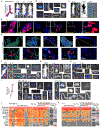
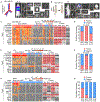

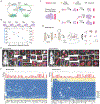
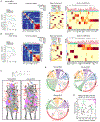
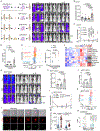
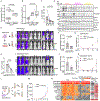
Comment in
-
Evolving barcodes shed light into evolving metastases.Dev Cell. 2021 Apr 19;56(8):1077-1079. doi: 10.1016/j.devcel.2021.03.029. Dev Cell. 2021. PMID: 33878297
-
Metastases arrive at other organs via bone.Nat Rev Cancer. 2021 Jul;21(7):411. doi: 10.1038/s41568-021-00370-0. Nat Rev Cancer. 2021. PMID: 34007067 No abstract available.
References
-
- Alix-Panabières C, Vendrell J-P, Pellé O, Rebillard X, Riethdorf S, Müller V, Fabbro M, and Pantel K (2007). Detection and Characterization of Putative Metastatic Precursor Cells in Cancer Patients. Clin. Chem 53, 537–539. - PubMed
Publication types
MeSH terms
Substances
Grants and funding
LinkOut - more resources
Full Text Sources
Other Literature Sources
Medical
Molecular Biology Databases
Research Materials

